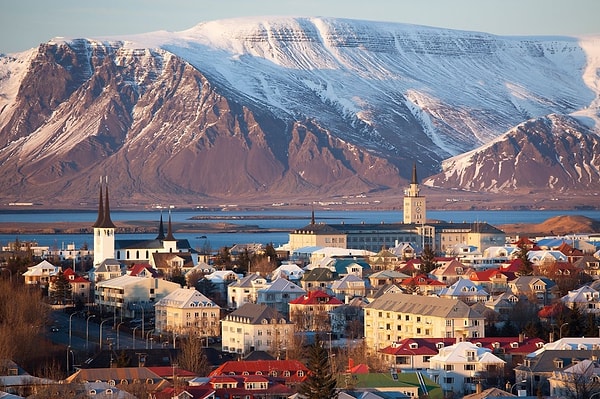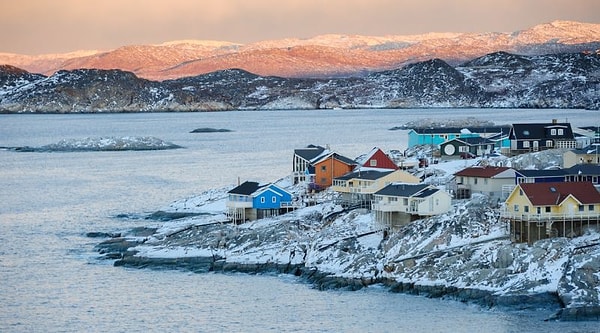Why Is It Called Greenland When It's Completely Covered In Ice?
If you have even the slightest interest in geography, you've probably noticed that Greenland isn't quite the green country its name suggests. While Greenland is covered in ice, Iceland appears lush and green. It's as if their names should be switched. This peculiar situation has piqued curiosity for quite some time. The answer, in fact, lies in the realms of history, culture, and climate change.
Let's take a look, shall we?
In the Norse tradition, a region was named based on the first characteristics observed upon its discovery.

For instance, Leif Eriksson had named the region 'Vinland' due to the wild grapes he encountered along the shores of Canada. The tale of Greenland was quite similar. When Erik the Red reached the southwest of the island in 982, the climate was considerably more temperate compared to today.
During the summer months, the pastures were lush and green, leading to the adoption of the name 'Gröndland,' which translates to 'Green Land.' At that time, this moniker accurately reflected the landscape of the island.
It's only natural for you to wonder, "Shouldn't the name of Iceland imply the opposite, given that it's associated with ice?"

Initially, the island was referred to as 'Snæland', meaning 'Land of Snow'. This was followed by the arrival of Garðar Svavarosson, after which it was known as 'Garðar's Island'. However, the journey of Viking Flóki Vilgerðarson ended in tragedy. His daughter drowned during the voyage, and his animals died of starvation.
Overwhelmed by despair, Flóki climbed a mountain and saw masses of ice along the seashore. He thus named the place 'Iceland', or 'Land of Ice'. Interestingly, most of the ice he observed had drifted from Greenland, but the name had already become firmly established...
Historical data reveals that Greenland was considerably warmer between the years 800 and 1300 AD compared to recent times.

During that era, agriculture was possible and livestock farming was supported. However, by the 14th century, temperatures had fallen, glaciers had expanded, and opportunities for farming had dwindled. Consequently, Norwegian settlers found themselves compelled to abandon their colonies.
Today, 80% of Greenland is covered in ice, yet there still exist small areas in the southwest where agriculture is practiced. As for Iceland, thanks to the Gulf Stream, sea temperatures remain high, making for vibrant, green summers.
Keşfet ile ziyaret ettiğin tüm kategorileri tek akışta gör!

Send Comment